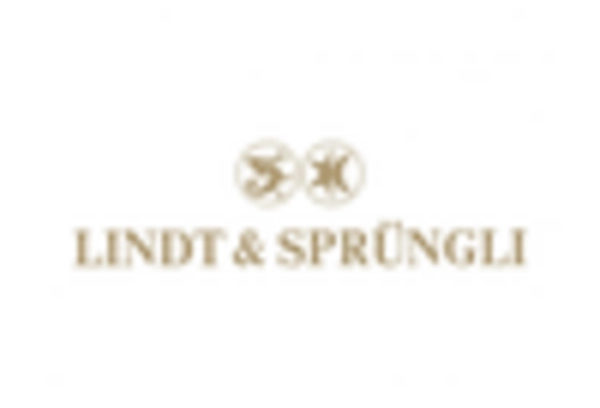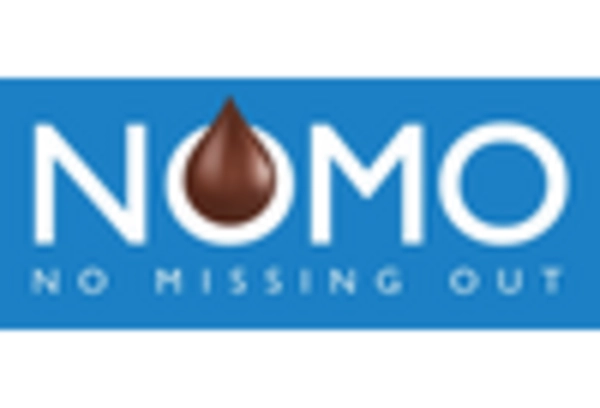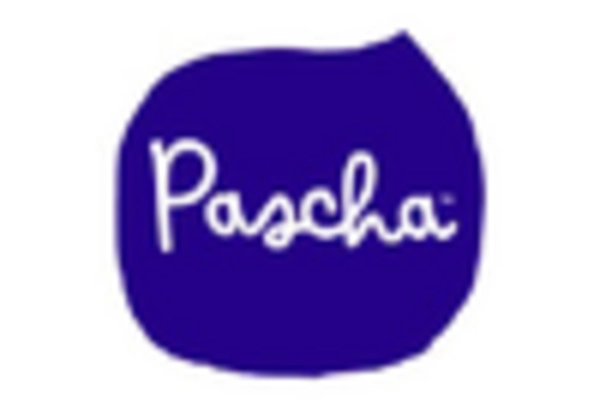Leading market players are putting a lot of money on R&D to broaden their product ranges, which will help the vegan chocolate industry, grow even more. Additionally, market participants are engaging in a range of strategic initiatives to increase their worldwide reach, with important market developments such as the introduction of new products, contracts, mergers and acquisitions, increased investments, and cooperation with other businesses. To grow and endure in an increasingly competitive and challenging market environment, Vegan Chocolate industry must provide reasonably priced goods.
One of the main business strategies employed by manufacturers is to produce locally to reduce operational expenses in the Vegan Chocolate industry to develop market sector and provide benefits to customers. In recent years, the Vegan Chocolate industry has provided some of medicine's greatest important benefits. Major players in the Vegan Chocolate market, including Chocoladefabriken Lindt & Sprüngli AG, Montezuma’s Direct Ltd., Alter Eco, Endorfin Foods, taza chocolate, Nestlé S.A., Barry Callebaut, Evolved Chocolate, and others, invest in operations for research and development in an effort to improve market demand.
Chocoladefabriken Lindt & Sprüngli AG, was established in 1845 and is well-known for its chocolate bars and truffles, among other treats. It has its headquarters in Kilchberg, which also houses its primary manufacturing and museum. One of the biggest producers of chocolate in Switzerland is Lindt. There are 12 plants operated by Lindt & Sprüngli, located in Stratham, New Hampshire, Aachen, Germany, Oloron-Sainte-Marie, France, and Induno Olona, Italy. In addition to producing goods under the Lindt name, the factory in Gloggnitz, Austria, also produces goods under the Hofbauer & Küfferle brand.
In December 2022, The Consumer Reports research "Lead and Cadmium Could Be in Your Dark Chocolate" found that Lindt was one of many dark chocolate bars that had significant levels of lead or cadmium metals when compared to California's maximum daily allowed dose level. The cadmium levels are still below the EU standard for dark chocolate, which is 0.80 mg/kg.
Nestlé S.A. is a worldwide food and beverage processing conglomerate firm with its headquarters in Vevey, Vaud, Switzerland. By revenue and other indicators, it has been the largest publicly traded food company in the world since 2014. It was placed No. 64 on the Fortune 500 in 2017 and No. 33 on the Forbes 2000 list of the biggest public firms in 2016. Among Nestlé's offerings are baby food (some of which contain human milk oligosaccharides), medicinal food, and bottled water, cereal for breakfast, coffee, tea, confections, dairy goods, ice cream, frozen food, pet foods, and snacks.
In 2019, the business declared that it would make Nutri-Score available for all of its products sold in the European nations that accepted the nutritional label.


















Leave a Comment